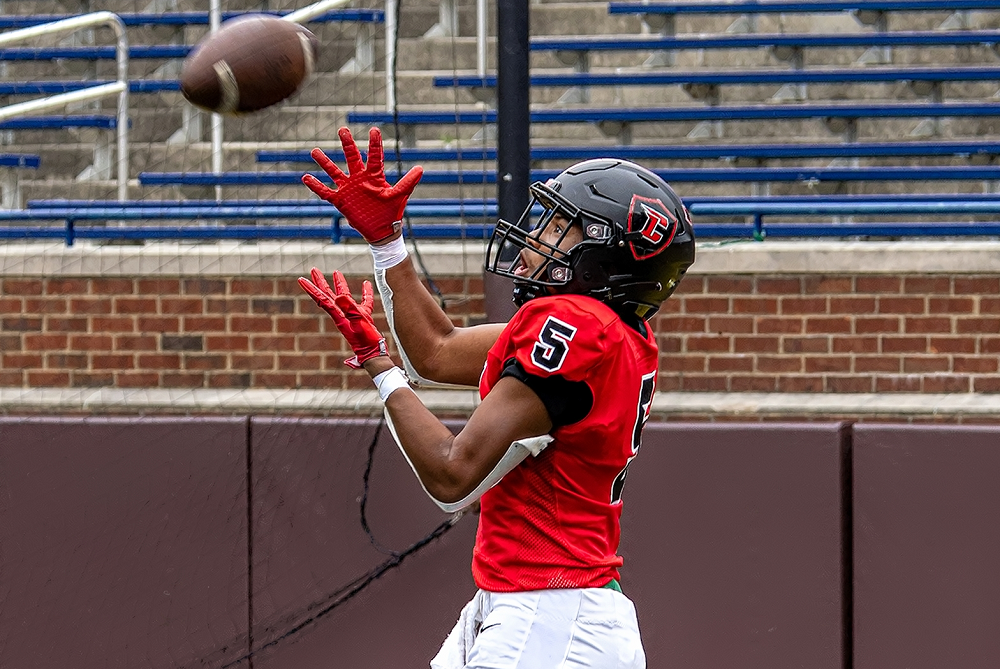
Be The Referee: Catch Momentum
October 17, 2019
This week, MHSAA assistant director Brent Rice offers a "You Make the Call" regarding catch momentum after an interception near the goal line.
Be The Referee is a series of short messages designed to help educate people on the rules of different sports, to help them better understand the art of officiating, and to recruit officials.
Below is this week's segment - Catch Momentum - Listen
Here’s another edition of a football You Make The Call. On a passing play, a defender intercepts the ball at the 2-yard line, and the momentum of the catch carries him across the goal line.
The defender is allowed to come out of the end zone on this play. But while breaking free from the grasp of an opponent, the ball is fumbled out of the back of the end zone. What’s the call?
Since it was the momentum of catch that carried the defender into the end zone to begin with and the ball remained in the end zone and was declared dead there, a rules exception places the ball 1st-and-10 at the 2-yard line.
Past editions
Oct. 10: Golf Rules Changes - Listen
Oct. 3: No Tackle Box - Listen
Sept. 26: You Make the Overtime Call - Listen
Sept. 19: Swimming Finishing Touch - Listen
Sept. 12: Curbing Gamesmanship By Substitution - Listen
Sept. 5: Football Safety Rules Changes - Listen
Aug. 29: 40-Second Play Clock - Listen

Be the Referee: Football Rules Differences
By
Sam Davis
MHSAA Director of Officials
August 23, 2023
Be The Referee is a series of short messages designed to help educate people on the rules of different sports, to help them better understand the art of officiating, and to recruit officials.
Below is this week's segment – Football Rules Differences - Listen
The first week of the high school football season is always exciting … and sometimes confusing. Here are some – not all – differences between the high school game and what you see on Saturdays and Sundays.
In high school, there is no such thing as an uncatchable ball when judging pass interference. It is a penalty if there is illegal contact, whether the ball is catchable or not.
In overtime, high school teams start with the ball at the 10-year line – not the 25 like in college. And in high school overtime, you are only able to get a first down via penalty. And, at no time is a high school team required to go for two points.
And on extra point plays, if the defense gains possession, the try is over. The defense cannot return the ball for two points.

